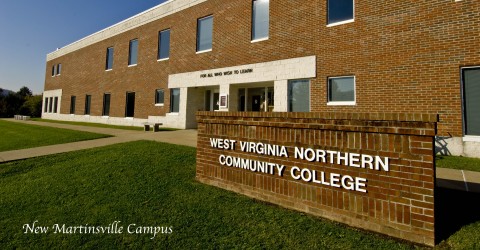In 1609 a group of Pilgrims, seeking religious freedom, left England for Holland. The Pilgrims prospered in Holland but became worried that their children had become attached to what they felt was the “frivolous” Dutch way of life. The Pilgrims felt this unfamiliar way of life was a threat to the children’s education and morality.
So the Pilgrims decided to leave Holland travel to the New World. The trip would be financed by a group of English investors, the Merchant Adventurers. The Pilgrims would be given passage and supplies in exchange for working off their debts for the next 7 years.
On September 6th of 1620 the Pilgrims set sail for the New World on the Mayflower, which carried the 44 Pilgrims, who referred to themselves as “Saints,” and 66 others, whom the Pilgrims referred to as the “Strangers.”
The trip was cold, damp, and took over 2 months. Because of the danger of fire on the wooden ship, the food had to be eaten cold. Many passengers became sick, and one died by the time land was sighted on November 10th.
After land was sighted a meeting was held between the “Saints” and the “Strangers,” whom had had many disagreements throughout the lengthy trip. An agreement was worked out, called the Mayflower Compact. This agreement guaranteed equality and unified the “Saints” and the “Strangers,” now referring to the entire group wholly as the Pilgrims.
The Pilgrims had first sighted land off Cape Cod but did not settle till they arrived at Plymouth, dubbed by Captain John Smith in 1614. The land offered great living with a large brook for fishing but the Pilgrims worried about possible attack by local Native Americans. The Patuxets were a peaceful group though and did not prove to be a threat.
The first winter was especially rough for the Pilgrims. The snow, sleet, and cold disrupted the Pilgrims’ construction of their settlement. March brought a respite from the devastation but many had died during the long winter. Of the 110 Pilgrims and crew who left England, less than 50 survived the first winter.
On March 16th of 1621 an Indian brave walked onto the Pilgrims’ settlement. The Pilgrims were frightened until the Indian called out “Welcome” in English. Samoset was an Abnaki Indian who had learned English from the captains of fishing boats that had sailed off the coast. After staying the night Samoset left the next day but soon returned with another Indian named Squanto. Squanto, who spoke better English than Samoset, told the Pilgrims of his voyages across the ocean and his visits to Spain and England, where he had English.
Squanto’s importance to the Pilgrims was life-saving. The Pilgrims learned from Squanto how to tap the maple trees for sap, which plants were poisonous, and which were medicinal. Squanto also taught the Pilgrims how to plant Indian corn, along with other crops.
The harvest in October was a celebratory one. The Pilgrims found themselves with enough food to last the winter along with success in having built homes in the wilderness. Pilgrim Governor William Bradford proclaimed a day of thanksgiving to be shared by all the colonists and the neighboring Native Americans. Squanto and the other Indians were invited to joing them in their celebration. Massasoit, the chief Native American, along with 90 braves, came to the celebration which lasted for 3 days. The group layed games, ran races, and marched and played drums. The Indians demonstrated their bow and arrow skills, while the Pilgrims demonstrated their skills with the musket.
Not every year after was as successful as that first year, and the 3rd year was especially hot and dry with the crops dying in the fields. Governor Bradford ordered a day of fasting and prayer, and soon thereafter, the rain came. To celebrate, November 29th of that year was proclaimed a day of Thanksgiving.
An annual celebration of thanksgiving continued through the years, and a day of national thanksgiving was suggested by the Continental Congress. In 1817 New York had established Thanksgiving Day as an annual custom; many other states followed suit in the 19th century. Eventually, in 1863, President Lincoln appointed a national day of thanksgiving.
~ This description of the first Thanksgiving was found at http://www.holidays.net/thanksgiving/pilgrims.htm A transcription of the Mayflower can be found at http://www.mayflowerhistory.com/PrimarySources/MayflowerCompact.php
Have a happy & healthy Thanksgiving; be sure to take the time to say thanks for your many blessings, both big and small.
Leave a comment
No comments yet.

Leave a comment